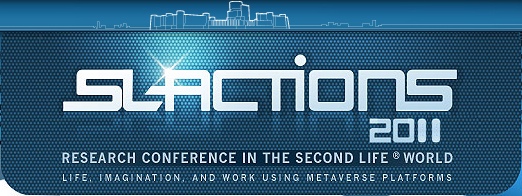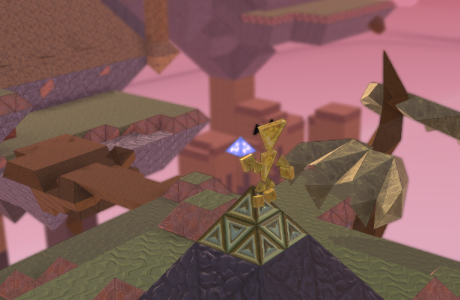 When Linden Lab removed the land tier discount for academic and non-profit institutions, and most organisations simply moved to an OpenSim-grid instead, one started to see less and less announcements about academia in Second Life — with research grants cut to a bare minimum, SL tier, specially for long-lived projects requiring a lot of virtual space, is simply not affordable for most research projects.
When Linden Lab removed the land tier discount for academic and non-profit institutions, and most organisations simply moved to an OpenSim-grid instead, one started to see less and less announcements about academia in Second Life — with research grants cut to a bare minimum, SL tier, specially for long-lived projects requiring a lot of virtual space, is simply not affordable for most research projects.
Still, OpenSim is not Second Life. It’s getting there, but a lot of projects requiring a certain degree of stability, features, and content, will require Second Life to work. On the other hand, it’s also still where the largest population of virtual world residents are located: with the current trend of commercial OpenSim grids, after becoming successful, removing the possibility of hyper-teleporting to them, it means that there are more and more large OpenSim-based grids isolated from each other.
When announcing an event for the research community that works in these areas it’s thus only natural to use Second Life as the platform for that event.
SLActions is a research conference about metaverse platforms unlike any other. A few are in-world only. Most are held in a single physical space, and some sessions might include “visiting” a virtual world or two. Others have a few sessions or even whole tracks dedicated to exploring virtual worlds.
SLActions, by contrast, is a de-localised, distributed, mixed-media conference. Visitors can attend either physically at any one of the many universities and organisations sponsoring the conference. On those places, a special room is provided with plenty of Internet connectivity to enter Second Life. Some attendants will simply connect to SL wherever they are. All “meet” in virtual space and make their presentations in SL.
The advantage of this system is twofold. “Serious” conferences are about human networking as well. On a 100% virtual conference, some frown upon the perceived limitations of extra-conference socialising and networking (a fallacy in perception, but that’s how people think). By telling your supervisor or manager that you’re going to attend a “real” conference, in a “real” physical place, where “real” people will be in the same room, the likelihood of being allowed to travel there — even if it’s just to sit on a chair and turn on your laptop to connect to SL — is much higher than just saying, “oh, I’m attending a virtual conference on a virtual world”. And with SLActions you’re not limited to go to a single spot; you can just pick from the long list of sponsor organisations the one that is nearer to you, thus saving travel costs.
This model has worked very well in the past. Well, today it’s the day SLActions is back on the road — real and virtual. You can see the list of presentations and attend them in-world.
Academia is not really leaving Second Life; research in the area has constantly increased, not decreased. It’s just that it gets less noticed these days. But then again, that’s pretty much true of everything related to Second Life 🙂




